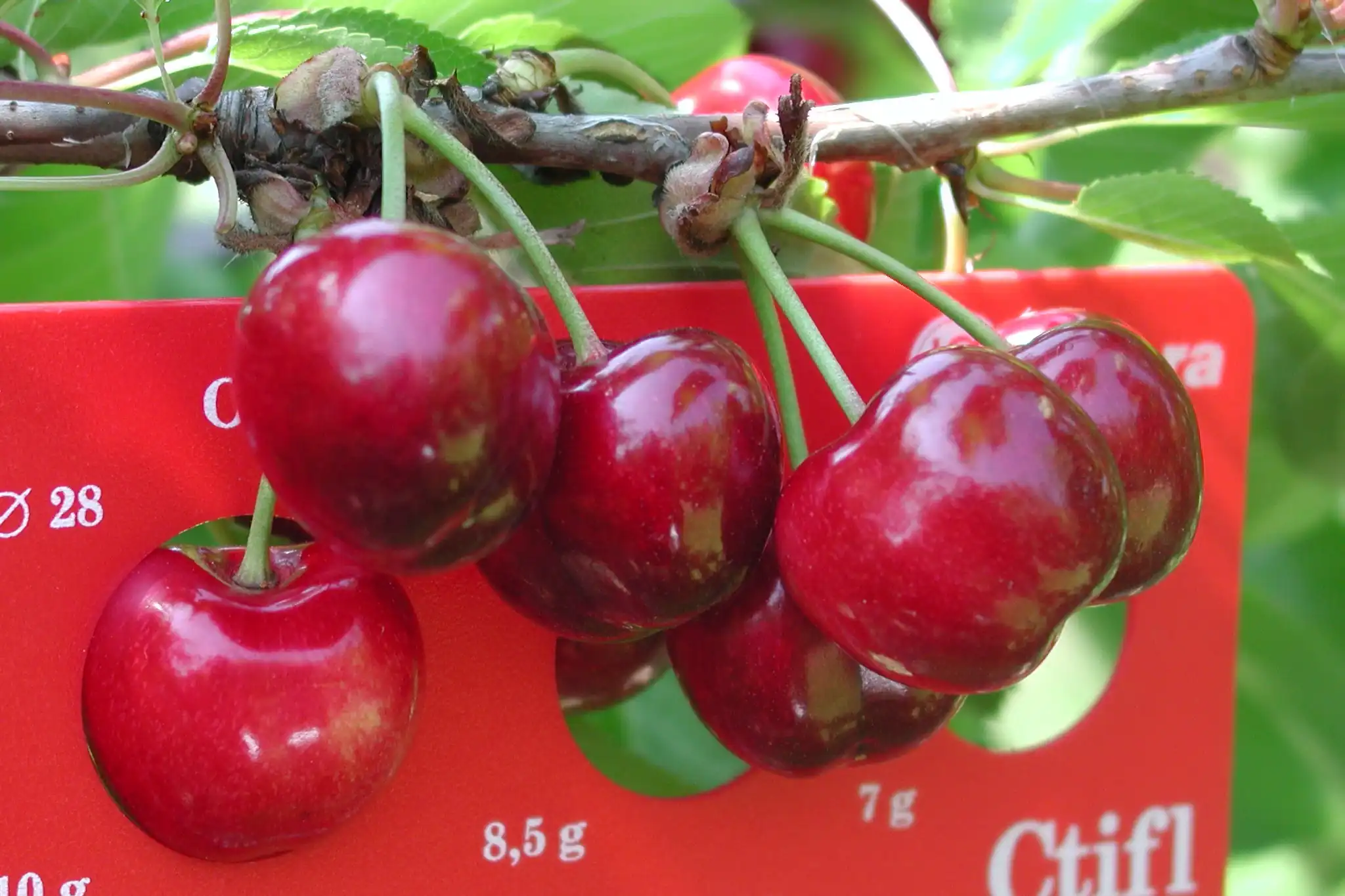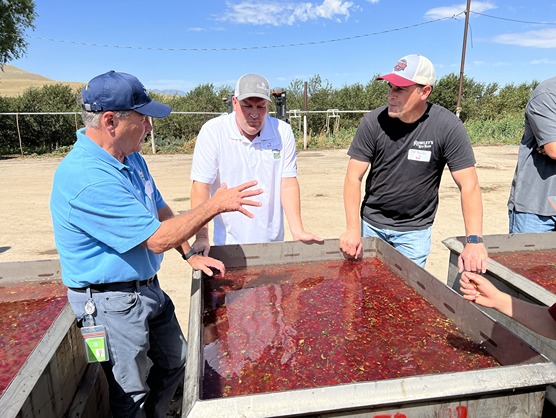Starch is the main storage carbohydrate in woody species and plays a key role in numerous physiological and reproductive processes, from germination to supporting the growth of reproductive tissues and embryo development.
In stone fruit species such as sweet cherry, starch accumulates in various structures during flower primordia development, influencing both flower formation and subsequent fruit set.
However, quantifying starch in these organs has always been challenging due to the very small size of the primordia and their low starch concentrations.
Until now, analyses have relied almost exclusively on histological and colorimetric approaches, which can provide only relative values rather than absolute measurements.
Enzymatic method for quantification
A recent study introduced and optimized an enzymatic method for quantifying starch in sweet cherry flower primordia, developing a detailed protocol.
The technique is based on the enzymatic digestion of starch into D-glucose, which is subsequently quantified using an enzyme-coupled assay involving hexokinase (HK) and glucose-6-phosphate dehydrogenase (G6PD), followed by the measurement of NADH absorbance at 340 nm.
This approach is rapid, sensitive, and cost-effective, allowing analyses of extremely small samples (less than 1 mg) and starch concentrations below 0.18 mg per gram of tissue.
Moreover, the protocol can be applied to non-fresh samples, either frozen at –20 °C or preserved in fixative solutions, an important advantage as it enables the temporal separation of the sampling and analysis phases.
Validation and robustness of the method
Validation results showed that the method successfully quantified starch concentrations ranging from 0.178 to 16.193 mg/g of tissue, confirming both its sensitivity and applicability to very small samples.
Furthermore, the comparison between frozen and fixed materials revealed no statistically significant differences, demonstrating the robustness of the methodology.
This has interesting practical implications, as it allows samples typically used for histological analyses to be employed also for biochemical quantification, optimizing experimental workflows and reducing the need for multiple collections.
Seasonal dynamics and applications
Regarding the results obtained in sweet cherry, the data revealed a clear seasonal pattern in starch dynamics during dormancy: a progressive accumulation throughout winter, peaking at its maximum level before a rapid decline preceding bud break and flowering.
This pattern, previously observed using semi-quantitative histological methods, is now confirmed through absolute quantification, reinforcing current understanding of the relationship between carbohydrate reserves and flower development.
Looking ahead, the ability to apply this protocol to studies on reproductive physiology in fruit trees opens new perspectives for understanding the mechanisms governing fertility, fruit formation, and responses to environmental or management factors.
Operational advantages of the protocol
The protocol proposed in this study also stands out for its operational simplicity: it does not require toxic reagents or complex instrumentation, aside from a UV spectrophotometer, making it easily adoptable in plant physiology laboratories.
The method is fast to execute and suitable for high-throughput experimental designs, making it particularly useful for large-scale temporal or comparative studies.
In summary, the enzymatic quantification of starch in flower primordia using this new protocol enables fast and sensitive quantitative measurements in sweet cherry and stone fruit species in general.
Furthermore, by allowing the temporal separation of sampling and analysis, it offers great flexibility and adaptability to diverse research needs.
Source: Santolaria, N., Fadón, E., Rodrigo, J., Hedhly, A. (2025). Enzymatic starch quantification in developing flower primordia of sweet cherry. BIO-PROTOCOL, 15(1368). https://doi.org/10.21769/BioProtoc.5256
Image source: Acta Plantarum
Andrea Giovannini
University of Bologna (IT)
Cherry Times - All rights reserved












